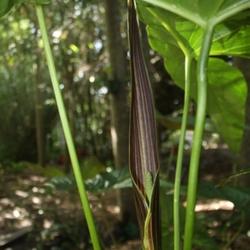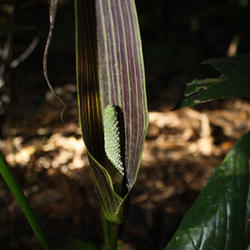Tropic, I am confident that you will figure a way to stabilize the water levels in the areas that need it. I've not read much concerning C. cupidispathum, but then again, I've not been able to find much information concerning growing the members in this genus outside their natural environment either. I can say that I've been lucky enough to keep my C. johnstonii alive and have a pup but no flower for me as of yet, either. We will get them though, you probably sooner than I.
LariAnn, I agree, that cross would be stunning to view! I can send you a small johnstonii if you would like to get started. Just let me know as I would be more than happy to share it with you.


